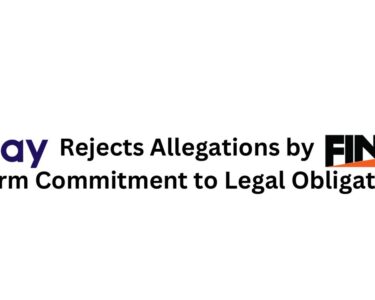Howard Watson, CEO of Technology Services and Operations (pictured), said, “BT’s commitment to enhancing 4G until at least 2019 means 5G will have “a lot to live up to”.
Howard Watson also said for BT and its mobile unit EE it remained a critical priority to continue to build its 4G network across the UK, with a target of reaching 92 % of geographical coverage by the end of 2017. BT has a target of increasing its 4G coverage to 95 percent, by the time 5G comes to market.
He also said winning a contract with United kingdom’s Office to deliver communications for the emergency services of a country had “brought a new requirement in terms of coverage in itself”, conceding that it was a challenge for any commercial network.
Despite the growing hype surrounding 5G, the company has spoken repeatedly of its commitment to 4G.
Watson also told delegates the company hits speeds of up to 429Mb per second from a 4G base station in a trial last week in Cardiff. The trial “sets the baseline of what 5G needs to do beyond that”.
Transition from 4G to 5G
Watson said, to ensure the shift from 4G to 5G, there were a number of technologies available the company is working on, such as MIMO, millimeter Wave (mmWave) and slicing of a network.
He said network slicing on which it is working on in partnership with Huawei in particular, could help the company with its emergency services network.
He said,
“We are looking at how we can use specific slices across the core network to ring fence them for particular activities,”
“For instance, in the future, we can see how the emergency services network could expand. One of the use cases is ensuring you to have a slice for that. If you see a high demand from normal consumers, you do not let that congestion affect that very part of the network.”
Watson also termed BT’s strategy for 5G, and deciding what will come as a priority with the next-generation of mobile, was so simple:
“It is about understanding customer needs in terms of an end-to-end experience, and not just about what those single technologies can deliver.”
Adding that,




